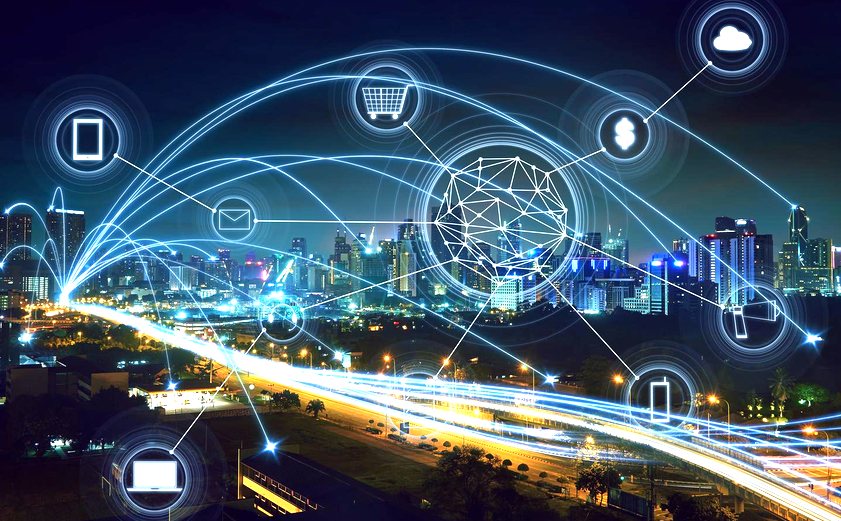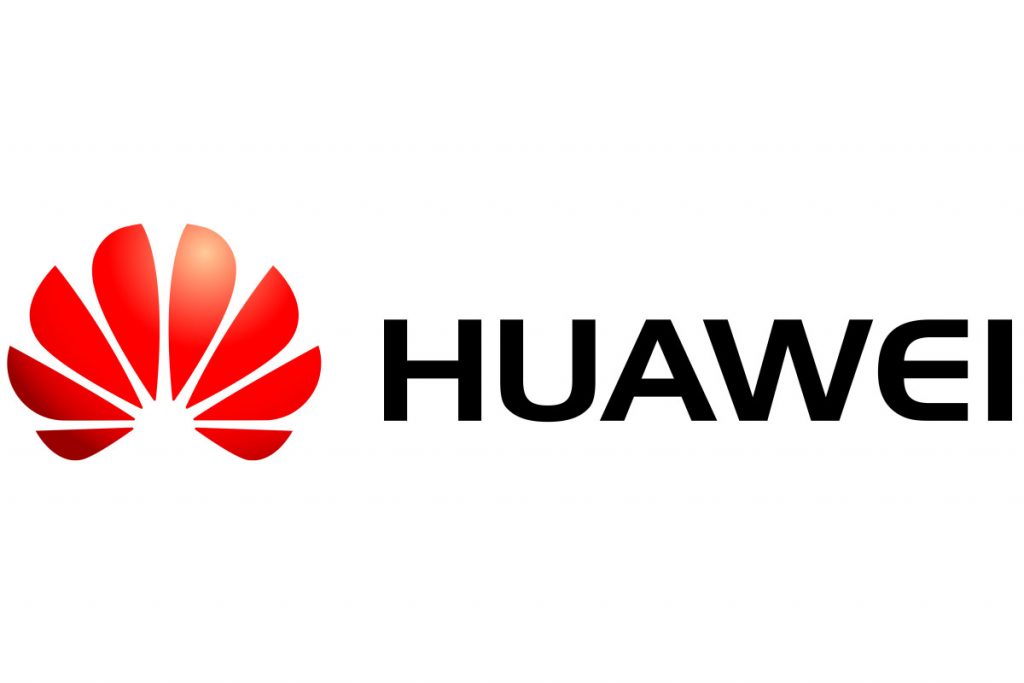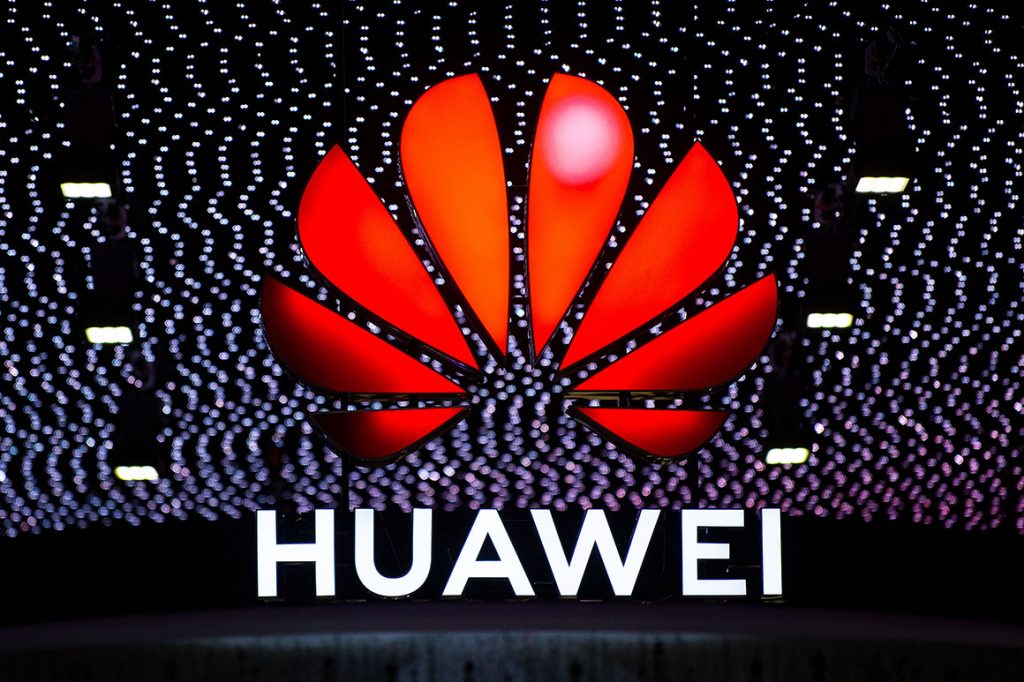
Huawei presented its vision of the global industry (GIV) 2025. The report provides quantitative and qualitative forecasts about the future of the industry and society.
The GIV uses a combination of data and trend analysis to develop global ICT trends, and sets out an ICT development plan. The data used in GIV 2025 covers more than 170 countries and regions. This report examines three dimensions (overall connectivity, general sense of touch, general intelligence) and 37 indicators, including the amount of data, the percentage of enterprises using artificial intelligence (AI), and the number of personal smart devices.
According to the report, by 2025 everything will be tangible and everything will be connected, as a result of which the world will turn into the world of smart things. GIV 2025 predicts that by 2025 the number of personal smart devices will reach 40 billion, and the total number of connections around the world will reach 100 billion, creating a digital economy of 23 trillion US dollars.

Vision 1: All things are tangible, more connections, everything enters the smart world
According to GIV 2025, the smart world will really come when all things are tangible and interconnected. By 2025, 40 billion personal smart devices and 100 billion connections worldwide will be created. The industrial Internet will be the main source of these 100 billion connections. The sheer volume of data generated by the sense of touch of things will be widely integrated into all industries, creating ever new industries, such as the Industrial Internet of Things and related vehicles.
As connections increase and improve, data traffic will grow exponentially, and most of it will be generated from video. Cloud VR’s market share will reach $ 292 billion by 2025. USA.
GIV 2025 describes a future in which the role of smart devices and robots will change from instrument to assistant. The level of implementation of smart assistants by 2025 will be 90%, with 12% of houses with smart robots. With the help of guiding robots, 39 million blind people and 246 million visually impaired people will live a normal life.
Vision 2: + Intelligence: Formation of new types of business and progressive development of industries

According to GIV 2025, with the high-speed connections, IoT and cloud technologies based on AI, + Intelligent platforms through intelligent analysis, decision-making and support in the industries, progressive development can be achieved.By 2025, smart technologies will be widely used in the transport industry: more than 60 million cars will be connected to 5G networks and 100% of new cars will be connected to the Internet. With smart technologies involved in manufacturing, the development of ICTs with operational technologies (OT) will accelerate. This will lead to positive results in innovation, industry, value chains and the ecosystem as a whole. Thanks to the introduction of smart technologies in cities, builders will be able to create new paths for sustainable development in the field of safety management, transportation planning and other areas, providing residents of the city with safety, convenience and a high standard of living.
View 3: Massive Innovation: Harnessing the Power of the Digital Economy Valued at $ 23 Trillion
According to Huawei, the digital economy will bring 23 trillion US dollars. + Intelligence will be widely available for production, services, transportation, and in many other industries.
In an intelligent world, the results of innovation can be seen throughout. The intellectual world will change industries and spawn new intelligent industries. It will also allow industries to go beyond the real paths of growth and achieve development, giving a powerful impetus to innovation.